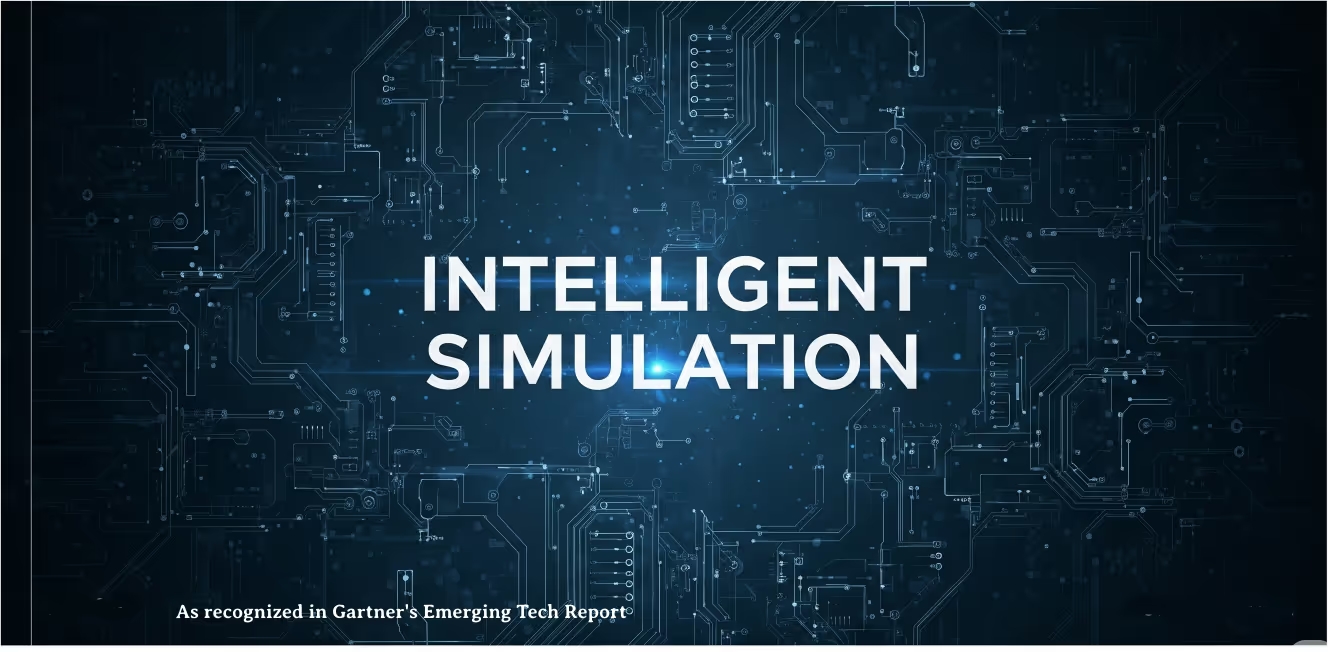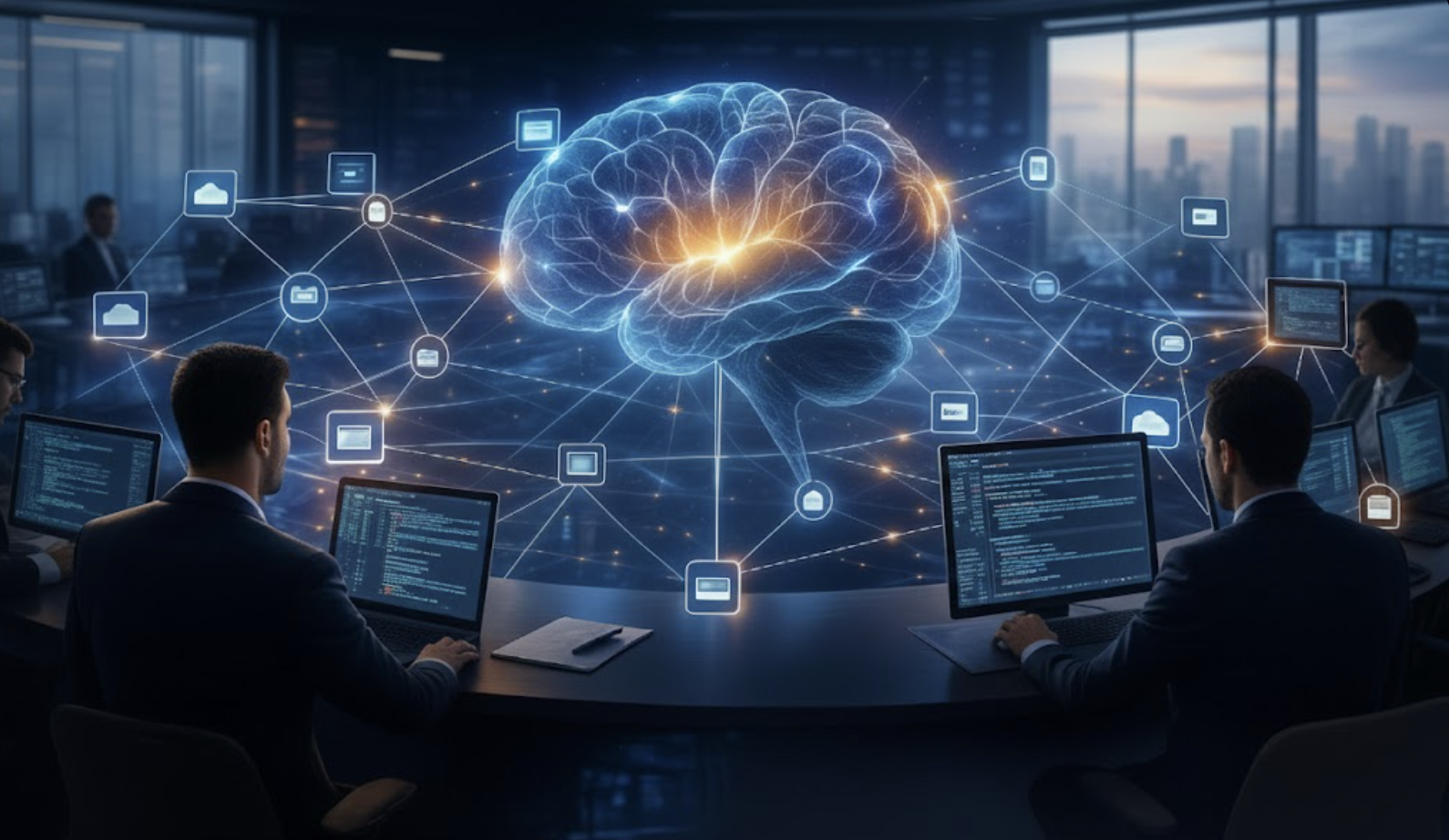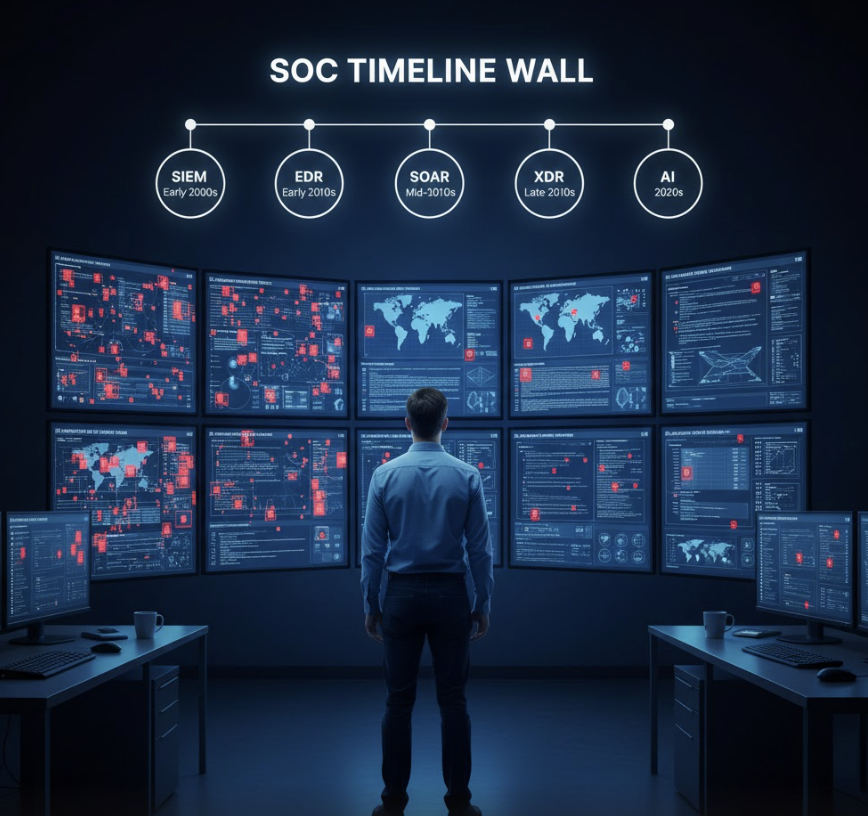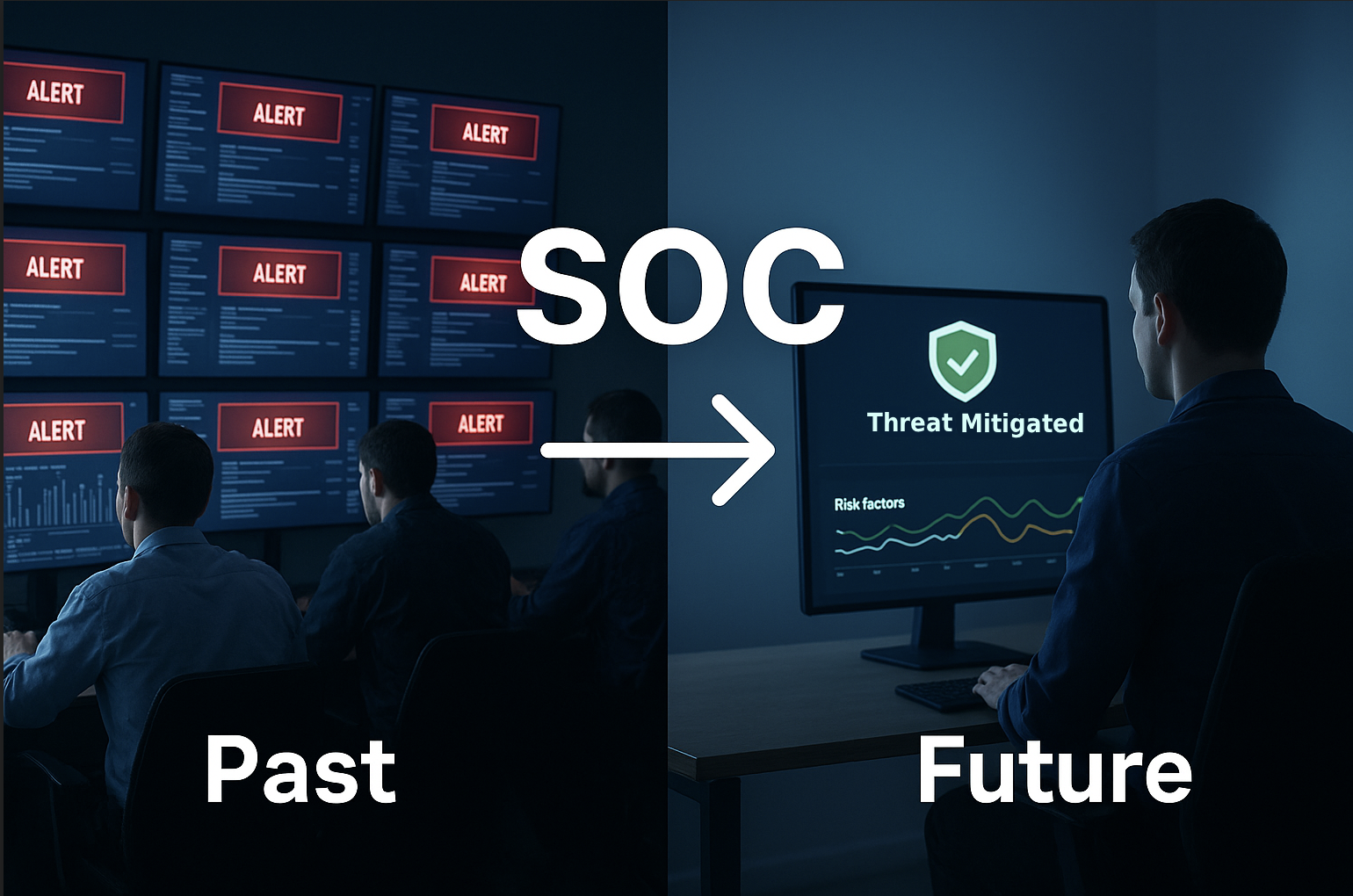Tuskira Recognized in Gartner’s Report on Intelligent Simulation for Threat Defense

In Gartner's July 2025 Emerging Tech report, “Intelligent Simulation Accelerates Proactive Exposure Management,” they lay out the shift from reactive detection to proactive, AI-powered defense.
Tuskira is proud to be named as a vendor leading this transformation. But we also know that buzzwords are easy. Building systems that actually deliver is hard. That’s where we’ve been focused from day one.
What Is Intelligent Simulation?
Intelligent simulation utilizes AI, digital twin architectures, and synthetic data modeling to continuously replicate real-world infrastructure and adversary behavior in a safe, isolated environment. It mirrors live enterprise environments and runs ongoing attack simulations to test exploitability, validate exposures, and forecast threat scenarios.
Essentially, intelligent simulation treats the enterprise as a dynamic system of interdependent risks spanning identity, cloud, data, applications, and network layers. It leverages semantic normalization of telemetry (SIEM logs, CSPM data, IAM policies, CMDB, etc.) to build an up-to-date digital twin, enabling AI agents to run realistic attack campaigns using adversary TTPs, zero-day behavior patterns, and exposure chaining.
How It Works:
- Telemetry Fusion & Semantic Normalization
Data from security tools (SIEM, EDR, CSPM, IAM, GRC) is ingested and normalized into a security mesh. This enables structured querying, risk modeling, and agent reasoning immediately and continuously across disparate datasets. - Digital Twin Generation
A live digital twin is created to represent cloud, identity, application, and network topology, including vulnerabilities, misconfigurations, and access relationships, in a continuously updating model. - Adversarial Simulation
AI agents simulate attacker behavior using:
- MITRE ATT&CK tactics and techniques
- Dark web IOCs and threat intel
- Privilege escalation, lateral movement, and pivot scenarios
Exploit chaining based on real reachability (not CVSS)
- Threat Validation Loop
Simulations are used to:
- Identify true exploitable paths
- Measure control coverage effectiveness
- Tune detection logic (SIEM rules, WAF, EDR settings)
- Initiate auto-remediation or mitigation workflows
- Give you a self-learning and much more innovative security infrastructure
- Closed-Loop Learning
Simulation outcomes, threat response decisions, and environmental changes form a feedback loop, enabling AI agents to continually improve threat assessment, hunting, and response accuracy, thereby reducing noise and optimizing defense coverage over time.
Why It Matters
Intelligent simulation turns cybersecurity into a system of continuous preemptive defense. Instead of waiting for alerts or reacting to scans, you use live attack simulations to surface real threats and shut them down before they escalate.
This is more than a CTEM extension. It’s a shift from:
- Static scanning → Continuous validation
- Manual triage → AI-driven threat action
- Alert volume → Validated risk reduction
What Makes Tuskira Different
Tuskira is an AI-native platform for autonomous threat operations, and our approach reflects the shift Gartner describes:
- Security Mesh Foundation: We unify and normalize telemetry from across your stack (SIEM, EDR, CSPM, IAM, and more) into a real-time semantic layer that powers every simulation, decision, and response. This mesh replaces disconnected data silos with a shared context that your AI Analysts can act on immediately.
- Live Digital Twin: We construct a real-time model of your infrastructure, identities, and exposures with no blind spots.
- Continuous Attack Simulation: Our AI Analysts simulate attacker behavior 24/7 to validate exposures before they’re exploited. Not just “could this be risky,” but “can this be breached today?”
- Autonomous Threat Response: When our platform sees a threat path, it logs it, but more importantly, it auto-tunes your SIEM, WAF, and EDR rules. It isolates. It mitigates. It gets ahead.
- Closed-Loop Learning: Every signal, override, and outcome is fed back into the system, allowing for continuous improvement. Our agents get smarter over time, just like your best analysts.
We’ve built security teammates who think critically. Who simulate. Who act.
While there needs to be a focus on exposure management, we’ve been working on translating risk into threats and threats into action before attackers have the chance.
Want to see it in action?
Book a demo and meet your AI Analyst Workforce.


